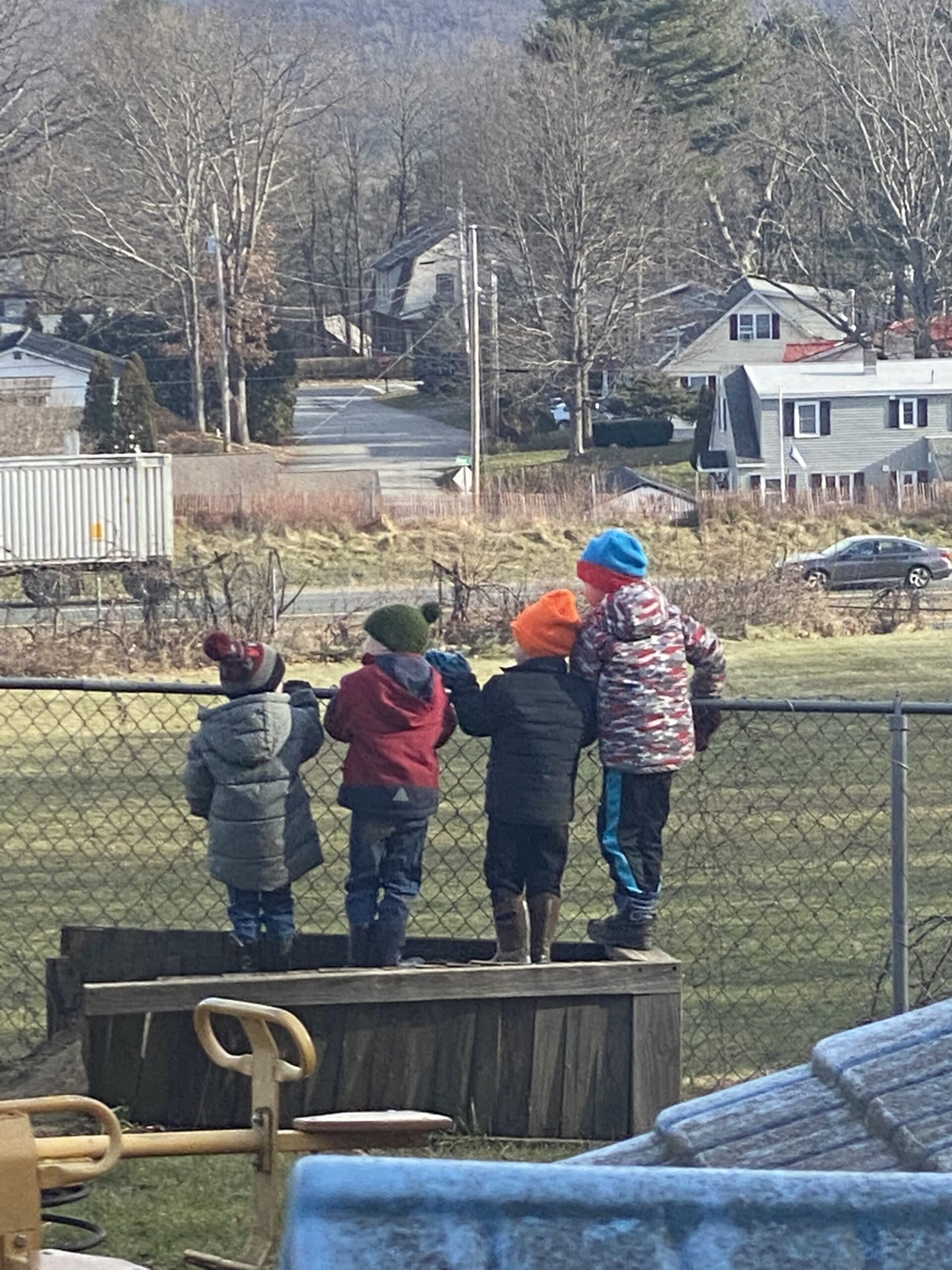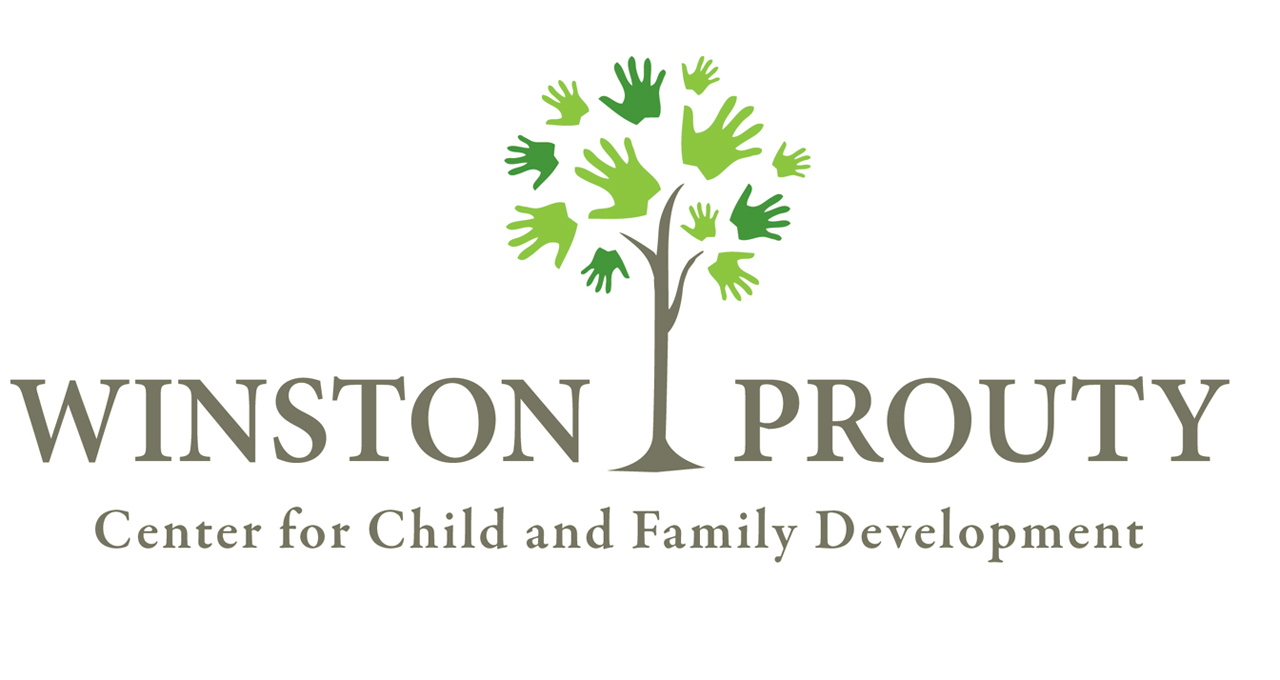The Impact of COVID-19 on Child Development

By Chloe Learey, Executive Director, published in VTdigger, Feb 8, 2022
Heading into the third year of dealing with Covid-19, there are pressing questions about the impact of the pandemic on children and child development.
We need to examine what has had a positive impact, what has had a negative impact, and how we can best ameliorate the effects our youngest have had to bear.
As reported by NPR, one positive outcome of the pandemic was the investment in children and families through the expansion of the child tax credit, which is estimated to have kept 3.7 million children out of poverty by December 2021, and decreased the rate of children living in poverty by almost 30%.
Living in poverty can negatively impact child development in multiple ways, from lack of access to adequate food and nutrition to chronic stress that can contribute to adverse childhood experiences. A recent Brookings Institution paper describes a causal link between poverty and brain activity as demonstrated through a randomized controlled trial in the Baby’s First Years study. The data shows that babies whose families received a “high-cash” gift ($333/month) had more high-frequency brain activity than those whose families were in the “low-cash” gift ($20/month) group.
This brain activity has been associated with the development of learning and thinking. Supporting optimal child development is an investment in everyone’s future as the children of today turn into the workforce of tomorrow. Allowing the child tax credit to expire represents a significant regression from a positive policy that arose out of the pandemic and is one that we need to reinstate.
Investing in the early childhood workforce is another positive outcome of the pandemic. As child care and schools around the country closed, more people lived the reality of why these entities are so critical to economic development when they could not return to work consistently. Even as the world began to open up again, the health of the child care sector was threatened due to staff shortages and programs closing.
This created a problem for the current workforce, since you can’t go to work if you don’t have child care. It also impacts the future workforce. High-quality early care and education provide the social-emotional foundation needed for future success in school and beyond.
When 80% of the brain is developed by age 3 and 90% by age 5, the impact of early learning is clear. Unfortunately, elements of the pandemic response have severely undermined social-emotional learning. We will pay the price of isolation, lack of opportunities for connecting with peers, and remote learning (not effective when play is your learning modality) for years to come.
Many states used funds from the American Rescue Plan to implement child care stabilization programs, including initiatives that paid bonuses to child care workers. Attracting and retaining teachers to child care, one of the lowest-paid professions nationally and yet one of the most important, is a strategy to continue prioritizing. One program in Virginia successfully cut teacher turnover in half in eight months by giving a $1,500 bonus. Considering the bonuses of some industries, this is a small price to pay.
Another impact of the pandemic on child development is the pervasive wearing of masks. Masking has been an early and ongoing strategy for minimizing the transmission of Covid-19, and we are heading into a world where some school districts are starting to require children to wear N95 masks (which have not been studied in or made for kids; these are “N95 style” masks only).
Vinay Prasad, M.D., MPH, encourages us to walk the talk of “believing in the science” by looking at the studies done to date around children and masking before we leap to policies that have the potential to cause more harm than do good.
We need to understand the benefits and costs of this strategy for children in the current environment. The policy recommendation in our country from the CDC and the American Academy of Pediatrics is that children over 2, when developmentally appropriate, should wear a mask and we are pleased that our young children adapted so quickly. However, is it ever developmentally appropriate at that age?
The World Health Organization advises against masks for children 5 and under due to their psychosocial needs and developmental milestones, and only in certain circumstances for children ages 6 through 11. When there are some elementary schools still requiring children to wear masks outside on the playground, we know we have some work to do.
A recent poll commissioned by The New York Times found that the factor that predicted people’s attitude toward Covid and their own risk is not age, gender, class, or race. It is a political ideology. “People’s attitudes toward risk doesn’t seem to be driven by rational thought or scientific evidence, so much as it seems to be driven by political belief.” This was true for both Democrats and Republicans.
If we are going to get beyond Covid in a way that minimizes the negative impact of some of the strategies we deployed and maintains the positive strategies, we all need to commit to being present to what is happening, understanding the environment as best we can with the tools we have, and evolving our strategies to meet the needs.
